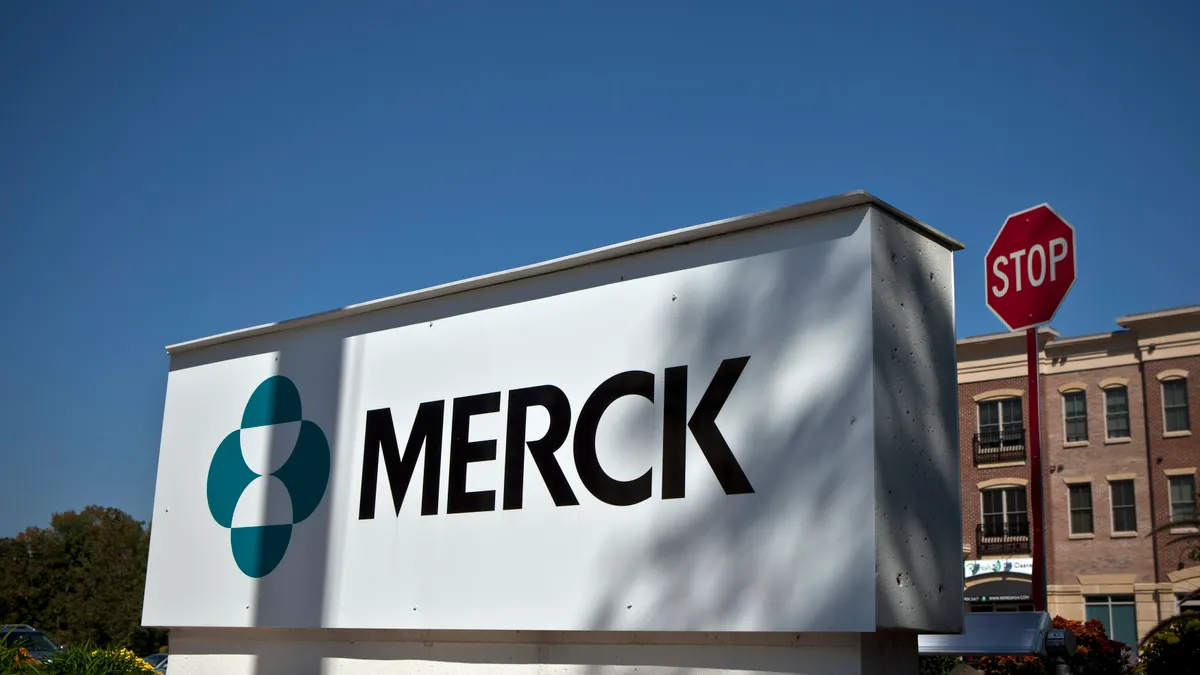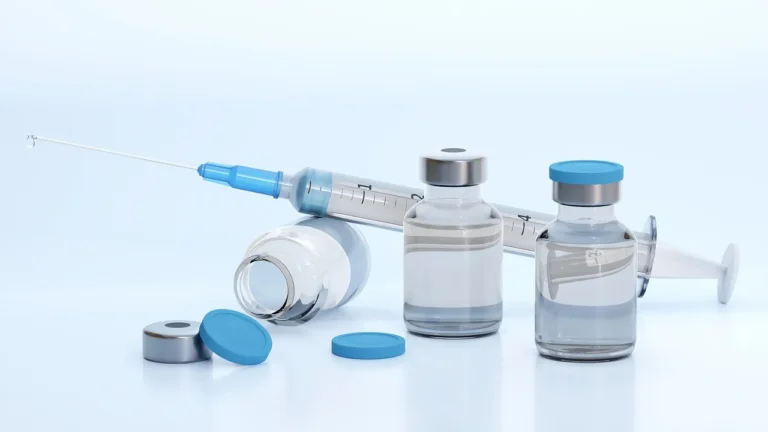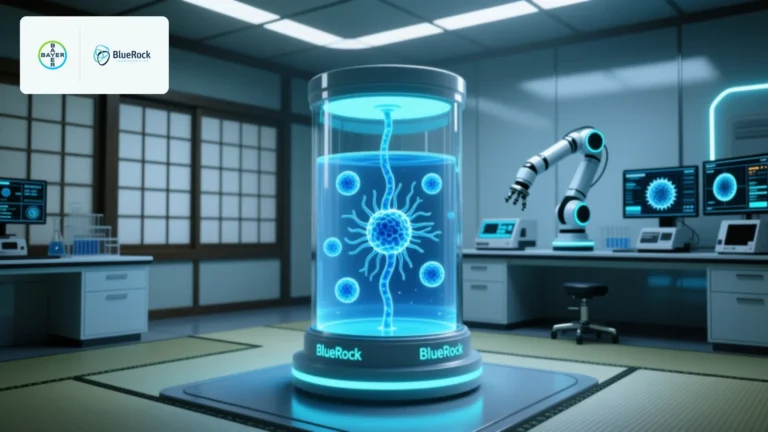
Merck Unveils Positive Phase 2 Results for Enpatoran, Showing Significant Reduction in Disease Activity in Patients with Cutaneous and Systemic Lupus with Active Rash
Merck, a global leader in science and technology, has announced compelling new clinical data from its investigational program for enpatoran, a novel, orally administered TLR7/8 inhibitor. In findings derived from Cohort A of the Phase 2 WILLOW study (NCT05162586), enpatoran demonstrated a clinically meaningful reduction in disease activity in patients suffering from cutaneous lupus erythematosus (CLE) and systemic lupus erythematosus (SLE) characterized by active lupus rash. These results will be presented at the 16th International Congress on Systemic Lupus Erythematosus (LUPUS 2025), scheduled to take place from May 21–24 in Toronto, Canada.
Background: A Persistent Unmet Need in Lupus
Lupus is a chronic, systemic autoimmune disease that presents in diverse clinical forms and affects multiple organ systems. Among its most visible and distressing symptoms are dermatological manifestations—especially the lupus rash, which can appear on the face, scalp, and other body areas. These rashes are not merely cosmetic issues; they often involve persistent itching, inflammation, scarring, and in some cases, irreversible hair loss. The visible nature of lupus skin symptoms significantly impacts the emotional and social well-being of patients, compounding the physical challenges of living with the disease.
Despite advances in our understanding of the disease, treatment options for CLE and the cutaneous symptoms of SLE remain limited. Many current therapies, such as corticosteroids and immunosuppressive agents, are associated with long-term safety concerns and limited efficacy in some patient populations. As such, there is a pressing demand for more targeted, safer, and more effective treatments for managing cutaneous manifestations of lupus.
WILLOW Study Design: A Tailored, Cohort-Based Approach
To address this need, Merck initiated the WILLOW study, a global, multicenter, randomized, placebo-controlled Phase 2 clinical trial. The study evaluates enpatoran in patients with CLE and SLE. Enpatoran is a first-in-class oral small molecule designed to inhibit toll-like receptors (TLRs) 7 and 8, which are implicated in the pathogenesis of lupus through their role in activating interferon signaling pathways and driving autoimmune inflammation.
The WILLOW trial is divided into two distinct cohorts:
- Cohort A: Focused on patients with CLE or SLE with active lupus rash, assessing improvements in skin-specific disease activity using the Cutaneous Lupus Erythematosus Disease Area and Severity Index-Activity (CLASI-A) score—a widely validated measure of disease severity in CLE.
- Cohort B: Designed to evaluate systemic disease activity in SLE patients, using the BILAG-Based Composite Lupus Assessment (BICLA) as the primary efficacy endpoint.
In both cohorts, patients received one of three enpatoran doses (25 mg, 50 mg, or 100 mg twice daily) or placebo, alongside their standard-of-care (SoC) therapies over a 24-week period.
Positive Results from Cohort A: Achieving Primary and Secondary Endpoints
The recently reported data from Cohort A highlight a statistically significant and clinically relevant improvement in cutaneous disease activity. Specifically, the primary endpoint—a dose-response relationship in CLASI-A score improvements at Week 16—was successfully met, with a high level of statistical significance (p = 0.0002).
Additional secondary efficacy outcomes further reinforced the positive results:
- At Week 24, up to 91.3% of patients treated with enpatoran achieved a CLASI-50 response, indicating a 50% or greater reduction in skin disease activity from baseline.
- Impressively, up to 60.9% of patients reached a CLASI-70 response, marking a 70% or greater improvement.
- In comparison, the placebo group saw only 38.5% achieving CLASI-50 and 11.5% achieving CLASI-70, highlighting the clear superiority of enpatoran over standard care alone.
Equally important was the safety profile observed in this cohort. Enpatoran was well tolerated across all dose groups, with a manageable safety profile consistent with earlier studies. No new safety signals were identified, adding confidence to the drug’s overall risk-benefit ratio.
Early Biomarker Response Validates Mechanism of Action
Further substantiating the therapeutic potential of enpatoran, Merck reported biomarker data indicating a rapid and sustained reduction in interferon gene signature scores—a hallmark of lupus pathophysiology—starting as early as Week 2. This reduction persisted through Week 24, supporting the biological relevance of TLR7/8 inhibition in dampening the type I interferon cascade believed to drive inflammation in CLE and SLE.
Expert Commentary and Strategic Direction
Dr. Jan Klatt, Head of Development Unit Neurology & Immunology within Merck’s Healthcare business, emphasized the importance of these findings:
“Lupus can make navigating everyday life difficult. The skin manifestation, known as lupus rash, often comes with persistent itching, which can lead to scarring and hair loss. This can significantly impact the physical, emotional and social well-being of those living with lupus, underscoring the urgent need for effective treatments.”
He continued:
“We are encouraged by the WILLOW results, where we observed clinically meaningful efficacy with a favorable safety profile in people living with lupus rash. Based on these results, discussions with health authorities on a global Phase 3 program with enpatoran are underway.”
Next Steps for Enpatoran in SLE
While Cohort A achieved its primary endpoint and delivered compelling evidence for enpatoran’s utility in treating skin manifestations of lupus, results from Cohort B were more nuanced. Though the cohort did not meet its primary dose-response endpoint using the BICLA criteria, prespecified subpopulation analyses revealed promising efficacy signals, particularly in patients with certain biomarker profiles. These data will be fully presented at the upcoming European Alliance of Associations for Rheumatology (EULAR) Congress in 2025.
Expert Insights: A New Mechanism with New Hope
Prof. Eric Morand, principal investigator of the study and a lupus expert at Monash University and Monash Health, underscored the broader implications of the findings:
“These new findings offer promising evidence that, with enpatoran, we may be able to advance outcomes, which remain suboptimal for most patients. The data from the WILLOW study further our understanding of TLR7/8 inhibition in SLE and CLE, which is a novel mechanism of action that may offer new hope for patients.”
Scientific Rationale: The Role of TLR7/8 in Lupus
TLRs 7 and 8 are part of the innate immune system, responsible for detecting viral RNA and triggering immune activation. However, in autoimmune diseases like lupus, self-derived nucleic acids can erroneously activate TLR7/8, leading to chronic immune stimulation, interferon release, and widespread inflammation. By selectively inhibiting these pathways, enpatoran offers a way to suppress autoimmunity while preserving the body’s ability to fight infections—a potential advantage over broad immunosuppressants.
A Promising New Option for Lupus Patients
The Phase 2 WILLOW trial has provided Merck and the broader lupus research community with a wealth of promising data supporting the continued development of enpatoran. The impressive clinical responses, favorable safety profile, and biomarker validation suggest that TLR7/8 inhibition could become a pivotal strategy in managing both cutaneous and systemic manifestations of lupus.
Merck is now in discussions with regulatory agencies to initiate a global Phase 3 program, signaling a potential breakthrough in a disease area long marked by therapeutic stagnation. As millions worldwide continue to live with lupus and its debilitating skin effects, enpatoran may represent a new era in targeted, patient-centered therapy.




